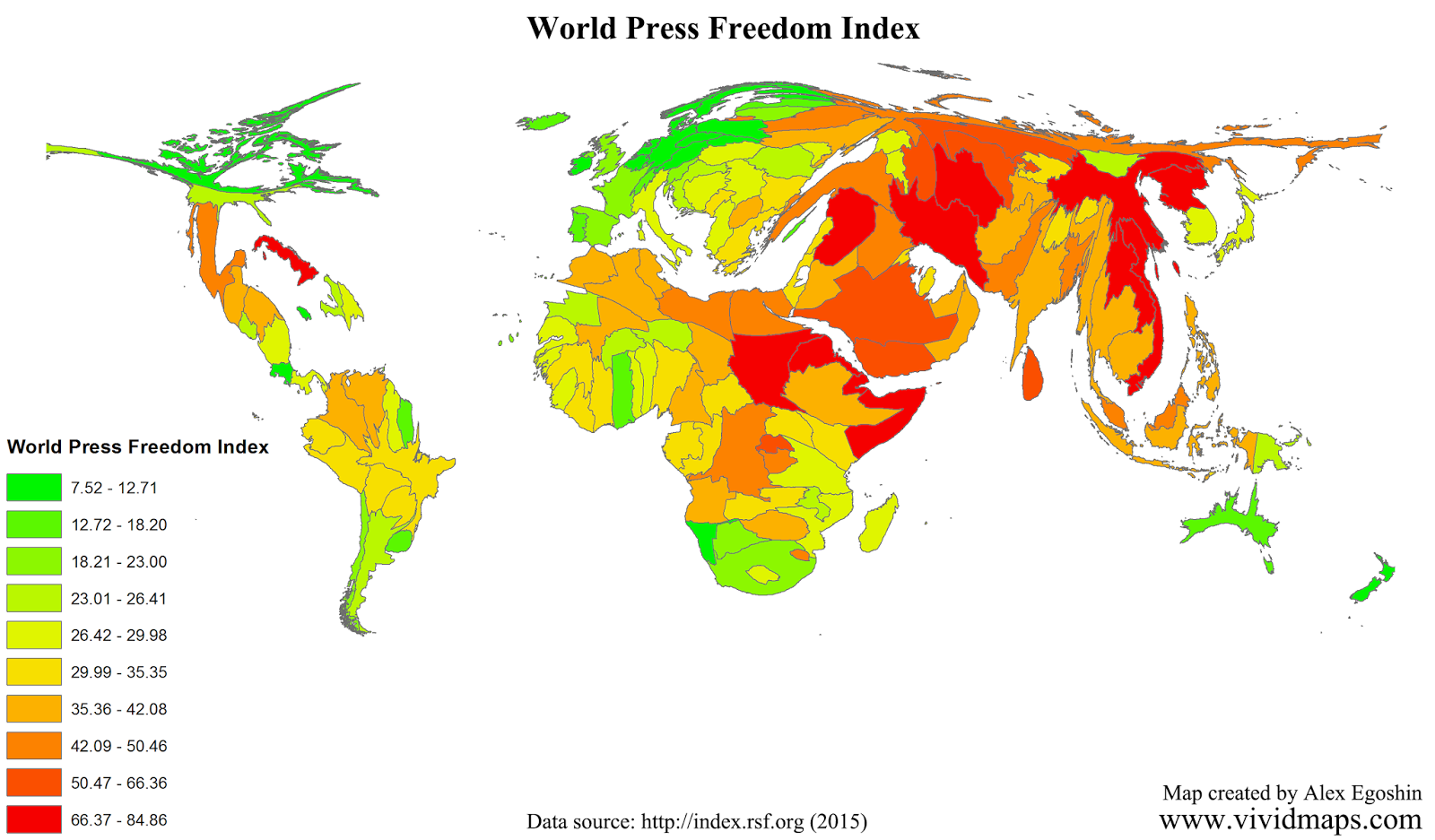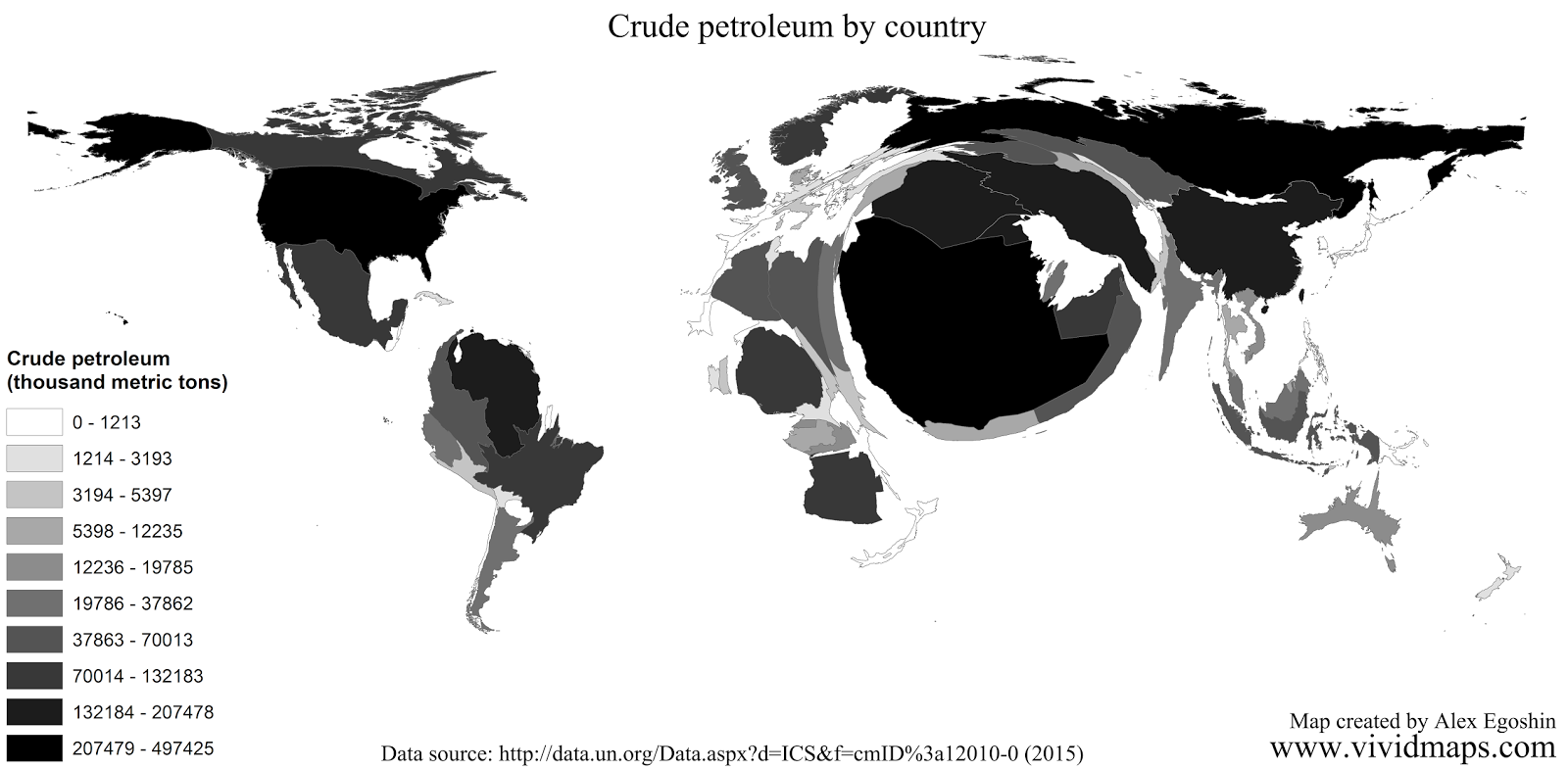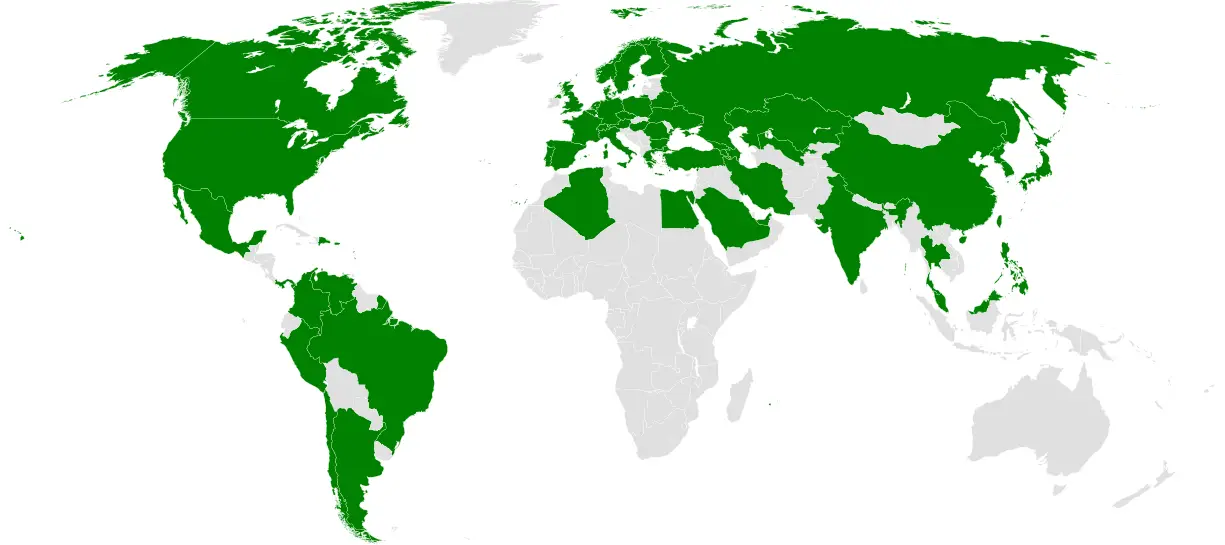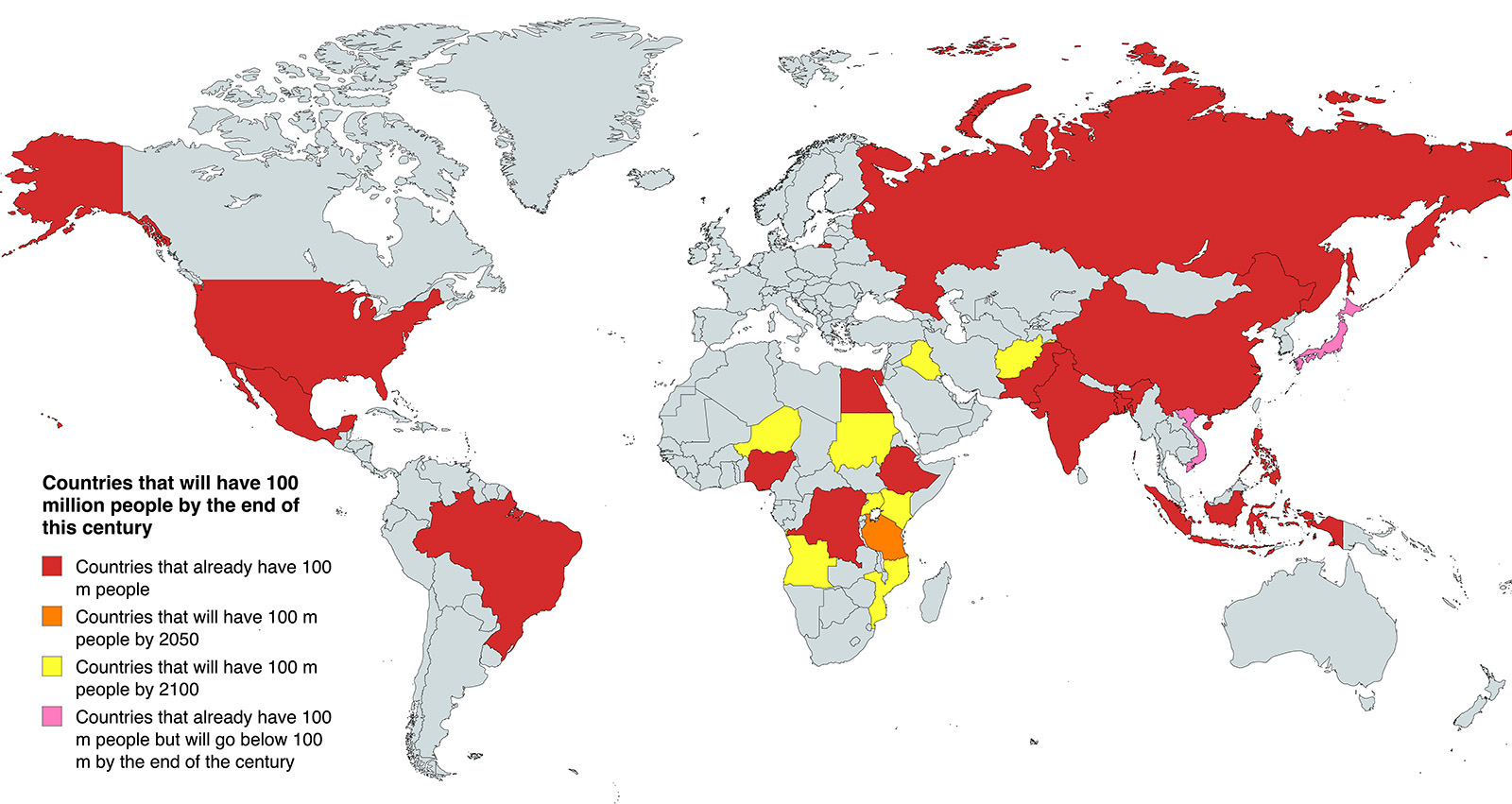The Tale of Two Subways: Chengdu’s Rapid Rise vs Toronto’s Steady Growth
Regarding urban transportation, few stories are as striking as comparing the Chengdu Metro and the Toronto Subway. Despite Toronto’s head start of over half a century, Chengdu’s metro system has surged ahead recently, showcasing China’s breakneck pace of infrastructure development. Here are the maps created by @_TrainFace that illustrate the remarkable expansion of the Chengdu subway system.
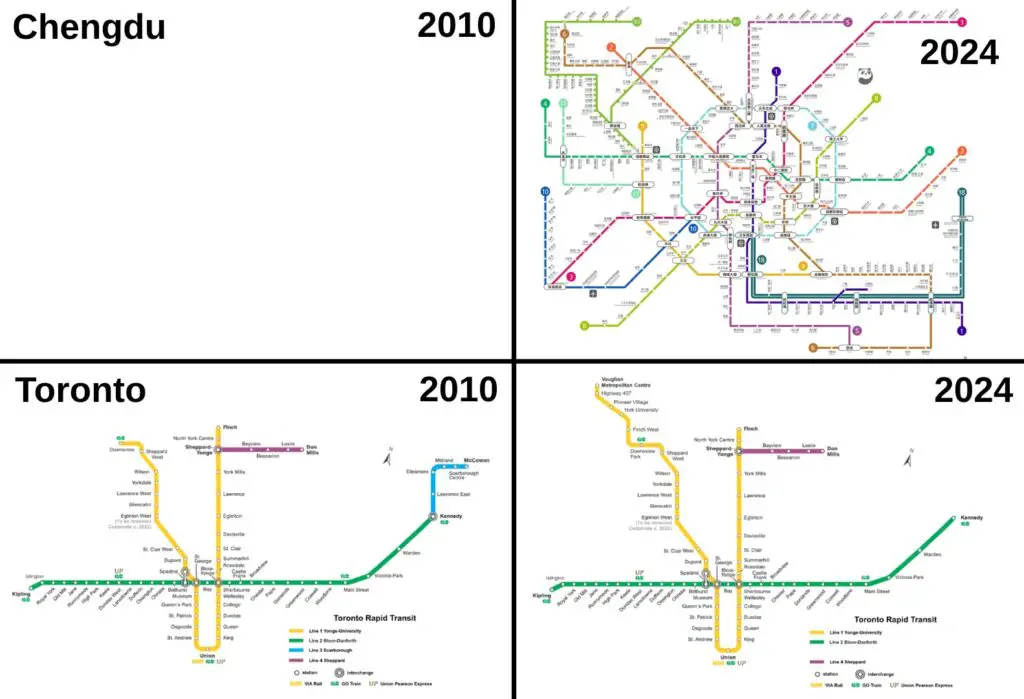
Let’s take a closer look at how these two systems stack up:
| Characteristic | Chengdu Metro | Toronto Subway |
| Metro Area Population | 16,045,577 | 6,202,225 |
| Year Opened | 2010 | 1954 |
| Number of Lines | 13 | 3 |
| Number of Stations | 373 | 70 |
| System Length | 558.1 km (346.8 mi) | 70.1 km (43.6 mi) |
| Daily Ridership | 6 million | 1 million |
| Area Covered | Approximately 500 km² | Approximately 140 km² |
| Population Served | Over 10 million | About 3 million |
The stark contrast in these numbers highlights the different trajectories of these two systems.
Chengdu, the capital of Sichuan province, only opened its first metro line in 2010. Fast forward to 2024, and the city boasts an extensive network that dwarfs Toronto’s system, which has been operating since 1954. This rapid expansion isn’t just impressive—it’s a testament to China’s urbanization strategy and economic priorities.
Why the Dramatic Difference?
Several factors contribute to Chengdu’s meteoric rise in subway infrastructure:
- Government Investment: China has made massive investments in urban infrastructure as part of its economic growth strategy. This includes ambitious plans for public transportation in cities like Chengdu.
- Population Growth: Chengdu’s metro area population of over 16 million is more than double that of Toronto, creating a greater demand for public transit.
- Urban Planning: Chinese cities often implement comprehensive, long-term urban plans that integrate transportation development with city expansion.
- Construction Speed: China’s ability to complete large-scale projects quickly is well-documented, with fewer regulatory hurdles and a different approach to labor and resource allocation.
- Economic Priority: Developing robust public transportation is seen as crucial for economic growth and urban competitiveness in China.
In contrast, Toronto’s subway growth has been more measured, constrained by factors such as:
- Limited public funding and political debates over transit expansion
- A stronger focus on other forms of public transportation, like streetcars and buses
- More extensive public consultation processes and environmental assessments
- Higher construction costs and longer project timelines
Notable Stations
Both subway systems have their share of remarkable stations. Here are a few standouts:
Chengdu Metro
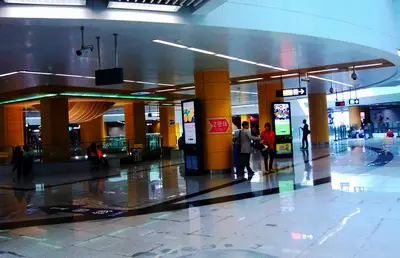
- Tianfu Square Station: The heart of Chengdu’s metro system, this bustling interchange connects four lines and is located beneath the city’s central square.
- South Railway Station: A major transportation hub integrating metro, high-speed rail, and long-distance buses.
- Chunxi Road Station: Serves Chengdu’s famous shopping district and showcases modern station design.
Toronto Subway
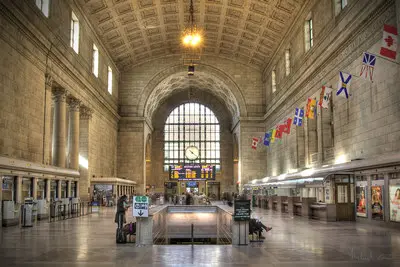
- Union Station: The busiest transportation hub in Canada, connecting subway, regional rail, and intercity services.
- Museum Station: Known for its unique architecture inspired by the Royal Ontario Museum’s collections.
- Bloor-Yonge Station: The busiest station in the system, serving as a crucial transfer point between two main lines.
While Toronto’s stations often reflect the city’s history and cultural institutions, Chengdu’s newer stations tend to emphasize efficiency and modern design, catering to its rapidly growing ridership.
The tale of Chengdu and Toronto’s subway systems is more than just a comparison of numbers—it’s a reflection of two different approaches to urban development and transportation planning. As cities worldwide grapple with the challenges of urbanization and sustainability, the contrasting experiences of these two metros offer valuable insights into the complex interplay of politics, economics, and urban planning in shaping our cities’ futures.


